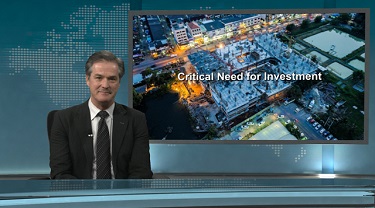Everywhere you look, business seems spooked. It’s nothing new: times were better than ever, and arguably for longer than ever, when the Great Recession devastated businesses the planet over. Promises of generous government programs nursed those fears, but only temporarily. Year after year of sluggish growth lulled business into a sense that this was a new reality, and that contrary to prior experience, a new business expansion wasn’t going to be needed. This was the cycle where slow and steady would win the race. Turtle investment is where it’s at.
Do the numbers agree? Statistics for OECD nations are sobering. In the US, average annual growth of non-residential investment was almost 7 per cent in the past three investment cycles. Post-2011, it was just 4.6 per cent. Europe had a similar experience. Pre-recession growth averaged just under 4 per cent annually. From 2009-2018, the average dipped to 1.9 per cent. Japan is in a protracted funk, averaging 3 per cent. The data suggest there’s an issue.
Perplexed by business intransigence, political leaders demanded at points in the post-recession period that the corporate world do its part. The shaming campaign didn’t really work; after all, in a capitalist system, nobody can or should tell business what to do, because it knows best. Or at least, it’s supposed to. So, why didn’t business pick up the pace this time around?





